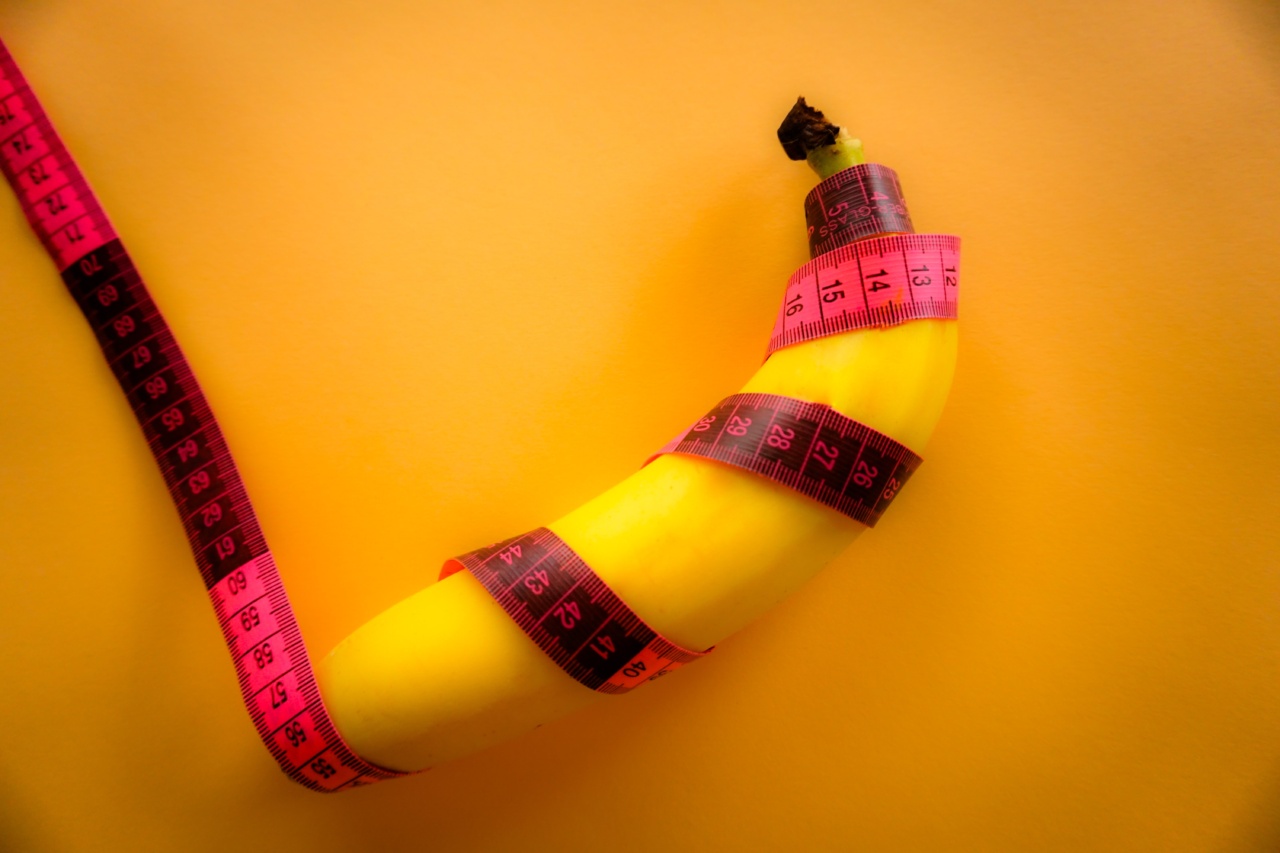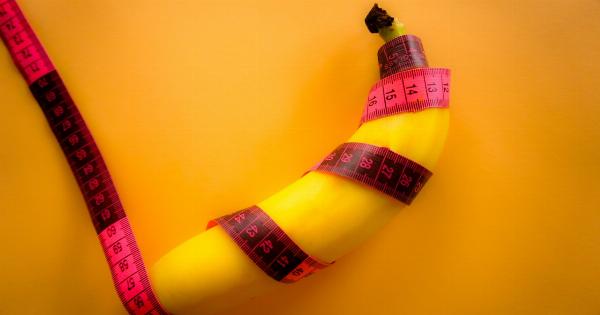As men age, many concerns arise regarding their physical and sexual health. One of the most common concerns is the potential impact of aging on penis size.
Despite various myths and misconceptions, it is important to understand the truth about penis size and how it can evolve with age. In this article, we will explore the real relationship between penis size and aging and debunk some of the prevalent myths surrounding this topic.
1. Understanding Penis Anatomy
Before delving into the connection between penis size and aging, it is crucial to understand the basic anatomy of the penis. The penis is composed of three main parts: the root, the shaft, and the glans.
The shaft, which is the visible part of the penis, contains spongy tissue that fills with blood during an erection.
2. Size Variations
Penis size varies greatly among individuals and is influenced by factors such as genetics, hormone levels, and overall body size.
There is a wide range of “normal” penis sizes, and the average erect penis size ranges from 5.1 to 5.7 inches (12.9 to 14.5 cm) in length and 4.5 to 5.1 inches (11.4 to 13 cm) in circumference.
3. Does Aging Affect Penis Size?
Contrary to popular belief, natural aging does not typically cause a significant decrease in penis size. The size of the penis is determined primarily by genetic and physiological factors, not solely by the aging process.
However, certain age-related changes can impact the appearance and function of the penis.
4. Erectile Function
As men age, it is common for the frequency and quality of erections to change. This can be attributed to various factors, including decreased testosterone levels, reduced blood flow, and overall health conditions.
While these changes may affect the firmness and duration of erections, they do not necessarily lead to a permanent decrease in penis size.
5. Peyronie’s Disease
Peyronie’s disease is a condition that causes the penis to bend or curve during an erection. It is more common among older men, typically developing between the ages of 40 and 70.
Although Peyronie’s disease can cause a perceived change in penis size, it is important to note that it is a separate issue from natural aging.
6. Weight Gain and its Effect
Weight gain can have an impact on overall body appearance, including the appearance of the penis. Excess fat around the pubic area can make the penis appear smaller than it actually is.
Losing weight through a healthy diet and regular exercise can help improve the visibility of the penis and boost overall confidence.
7. Mental Health and Confidence
Aging can also affect mental health, self-esteem, and confidence, which may impact one’s perception of penis size. It is essential to recognize that self-worth should not solely be based on penis size.
Open communication, self-acceptance, and a focus on overall sexual satisfaction can enhance sexual experiences regardless of age or size.
8. Penile Exercises and Therapies
Various penile exercises and therapies claim to increase penis size or improve erectile function. However, it is important to approach such methods with caution and consult a healthcare professional.
While some exercises may improve blood flow or muscular tone, their impact on actual penis size is often minimal.
9. Seeking Professional Advice
If concerns regarding penis size or sexual health persist, it is recommended to consult a healthcare professional. They can provide accurate information, address concerns, and offer suitable treatment options if necessary.
It is essential to rely on evidence-based advice rather than unsupported claims or myths.
10. Embracing Individuality
Aging is a natural process that affects everyone differently. It is important to embrace and celebrate individuality, including variations in penis size.
Sexual satisfaction and overall well-being depend more on emotional connection, communication, and intimacy than solely on physical attributes. Remember, a healthy and fulfilling sex life is not solely determined by penis size.































